
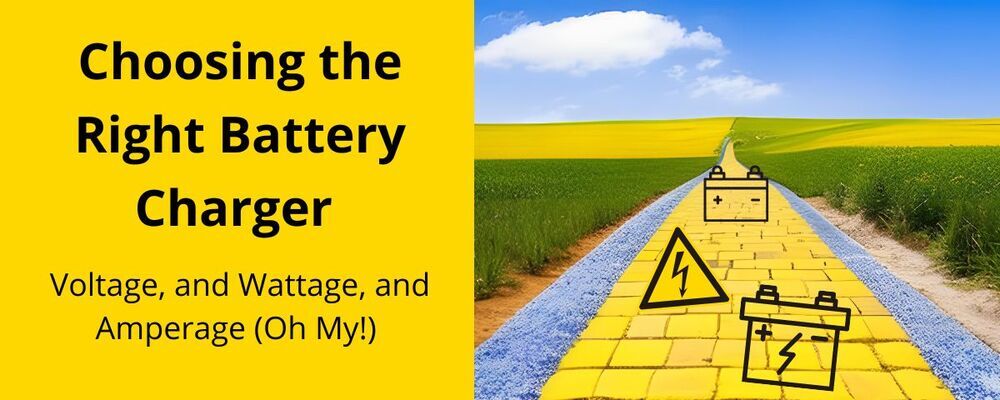
Choosing the right battery charger for any application
Voltage, and Wattage, and Amperage (Oh My!)
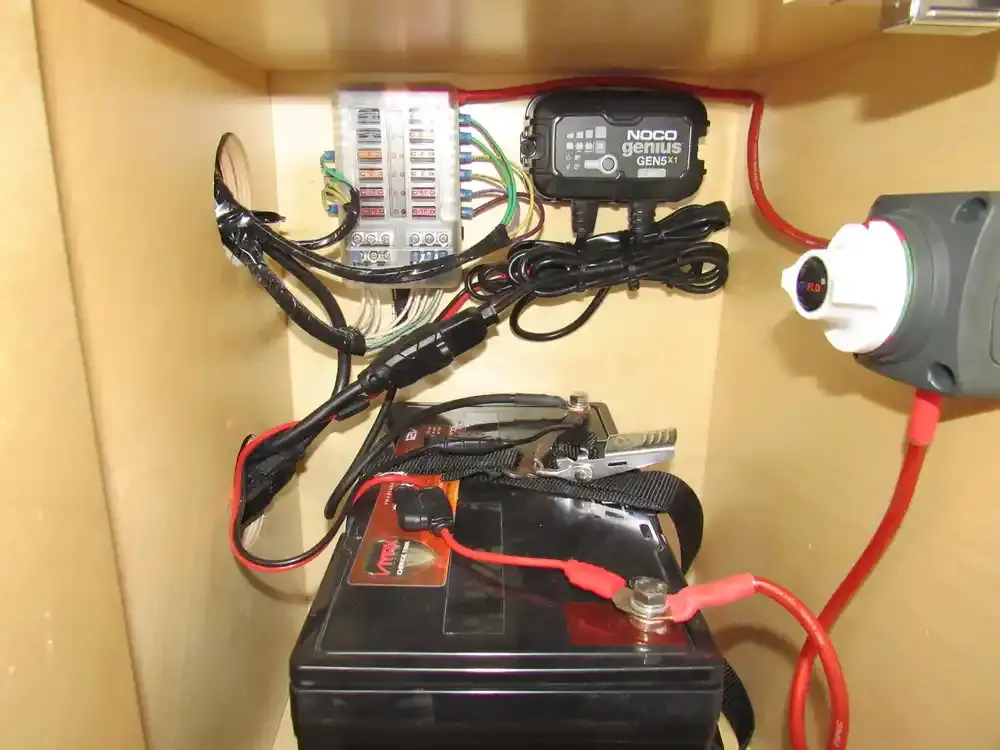
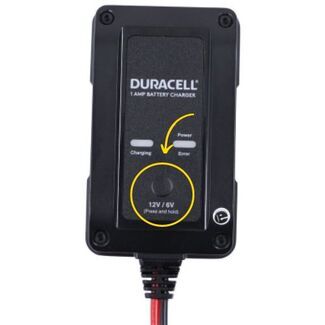
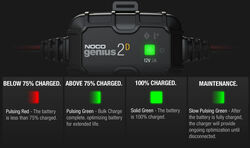
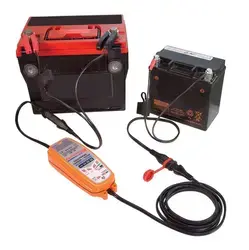
What am I charging? Is my voltage compatible? Zero maintenance with a trickle charger Overcharge protection with a smart charger Zero other words that start with the letter 'Z' (cut me some slack here, two z's?)


Clint
1/31/2024
That was pretty funny WIZO man or wise old man, two Zs who could have ever believed.

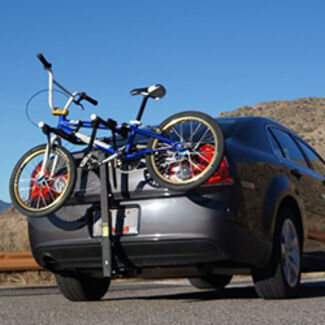

Departments
Towing
- Trailer Hitch
- Fifth Wheel
- Gooseneck
- Towing a Vehicle
- Front Hitch
- RV Hitch
- ATV Hitch
- HD Truck Hitch
- Vehicle Wiring
- Brake Controller
- Ball Mounts
- Weight Distribution
Sports and Recreation
Trailer Parts
- Utility Trailer
- Boat Trailer
- Landscape Trailer
- Enclosed Trailer
- 5th/Camper Trailer
- Car Hauler
- Horse Trailer
Vehicle
Contact & Help

What our customers are saying:
"The phone operator was very helpful and made my purchase easy. I will keep this website handy."
Harold
Gillsville, GA
Popular Vehicles
- Subaru Forester
- Ford F-350 Super Duty
- Ford F-250 Super Duty
- Chevrolet Silverado 1500
- Jeep Wrangler Unlimited
- Jeep Wrangler
- Ram 3500
- Toyota Highlander
- Ram 2500
- Chevrolet Silverado 2500
- Subaru Outback Wagon
- Chevrolet Silverado
- Dodge Ram Pickup
- GMC Sierra 2500
- Ram 1500
- Ford F-250 and F-350 Super Duty
- Jeep Grand Cherokee
- Toyota Tacoma
- GMC Sierra 3500
- Toyota Tundra
- Ford Escape
- More >>


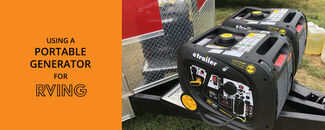
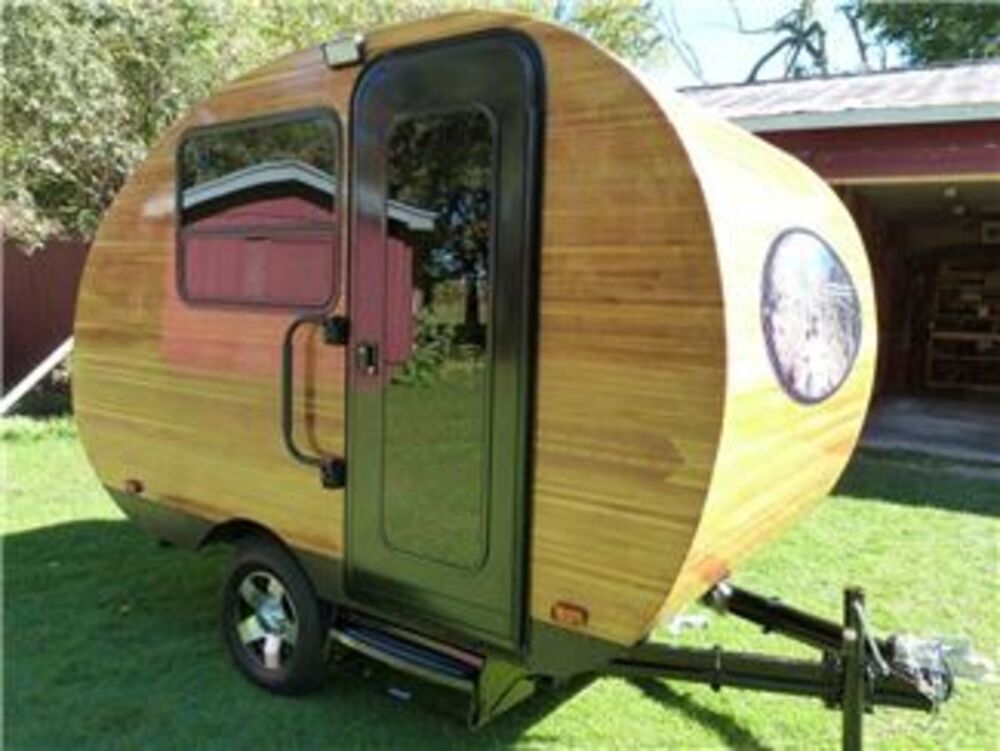
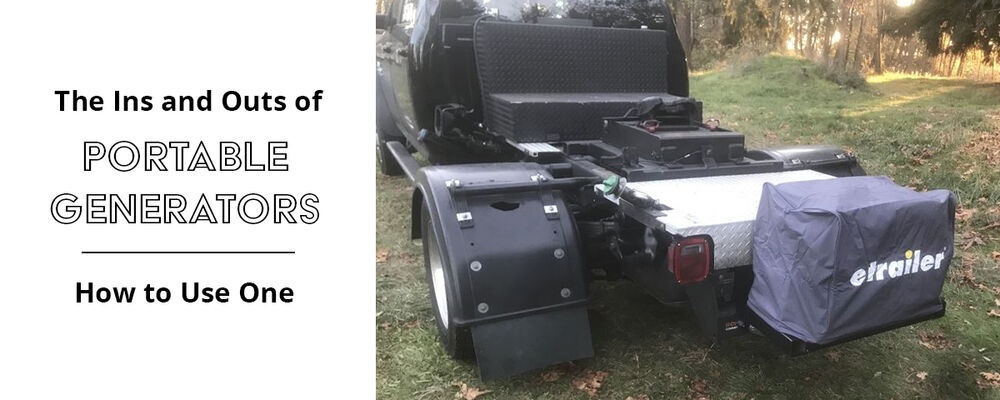
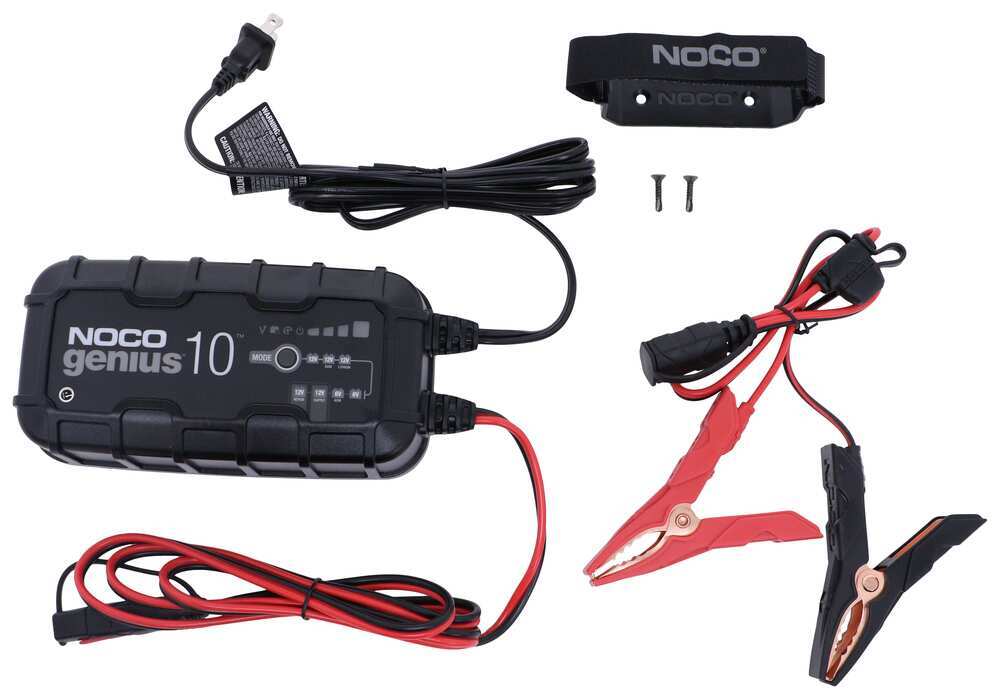
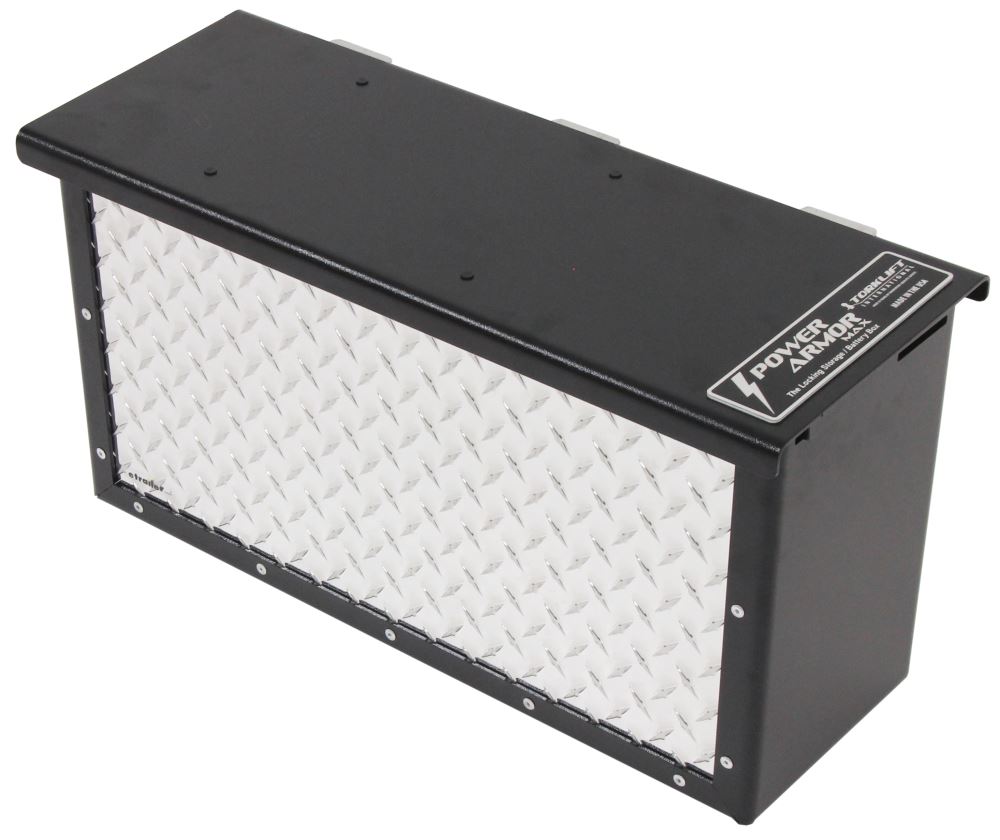
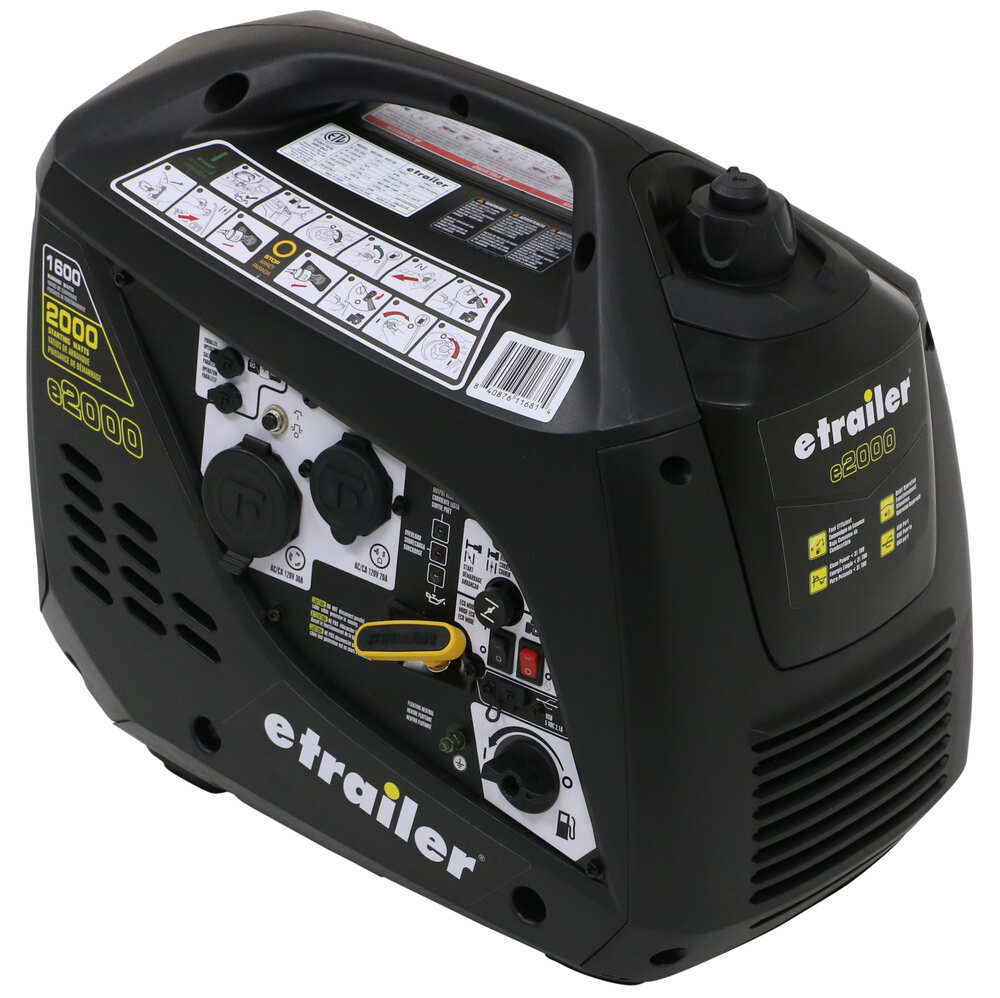

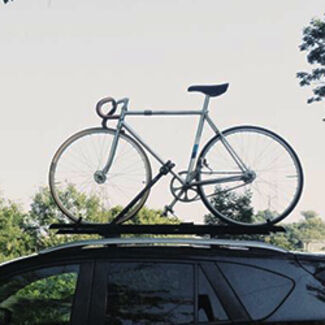













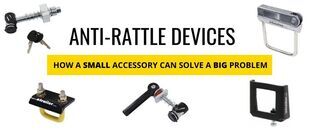










68cs
2/23/2024
I have read this article before and there is one part that concerns me. The use of the word “trickle” charger. I worked close to 25 years on standby generators and ran into many instances where a well meaning owner used a trickle charger. A trickle charger, in time will destroy a battery. Even within a months time, depending on the battery and the charger. The better alternative is a float charger. What’s the difference? I’m glad you asked. A trickle charger will not stop pushing against the battery. When a battery is new, it will push back against the charger and at some point the charger and the battery will hold each other at a given voltage. Your comment was that the trickle charger only charges at the rate of natural battery drain. The problem with that thinking is that every battery is different, even within a given size rating. And as a battery ages, its drain characteristics change. Eventually the battery will start getting weaker and the trickle charger will keep pushing the voltage up, destroying the battery. Without a huge scientific explanation as to why this happens, I’ll explain the float charger. A float charger will work similar to a trickle charger, except when it reaches a set voltage, it backs off the “pushing” and just “holds” the voltage. The ultimate storage battery voltage for a 12 volt lead acid battery is 13.3 volts DC. A good float charger will maintain close to that voltage, where as, I have seen trickle chargers get pretty close to 15 volts DC, which destroys the battery. I need to add here, there is a difference between lead acid batteries and lithium batteries as well. It’s essential that a person charges the lithium batteries according to the manufacturer’s recommendations, unless of course you like uncontrolled fire. There are chargers that are switchable for both types and there are chargers that are specific for the lithium batteries as well. Some lithium batteries are built to protect themselves if charging is wrong, but some out there are not. A lithium charger will totally destroy a lead acid battery if it’s not the switchable type as well. Unfortunately/fortunately, the battery industry is changing and the consumer needs to be aware, so they don’t create a worse than a dead battery situation. Back to my original reason for writing, for long term storage (anything over a week) a float charger should be used instead of a trickle charger. And the charger needs to match the type of battery that’s being charged, whether long term or short term. I do read the articles that etrailer puts out and I get good information from them. And like Jacob, I like learning and I also like passing on info, especially if it can help someone that might unknowingly be going down the wrong path.